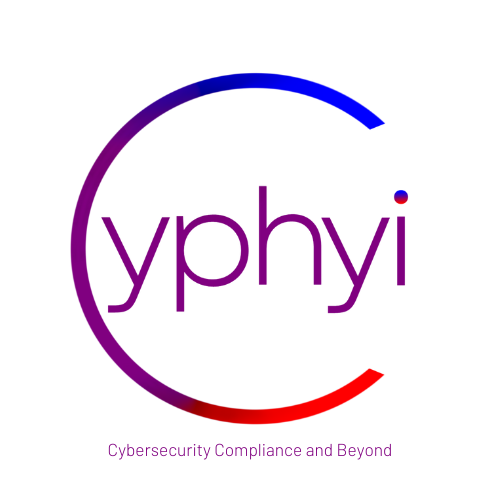With the need for connectivity increasing in our world, the automotive industry has also become increasingly connected and software-driven. Modern vehicles are essentially computers on wheels, equipped with numerous electronic control units (ECUs), communication interfaces, and software applications. This complexity creates a vast attack surface, making them vulnerable to various cyber threats:
- Manipulation of Critical Systems: Altering safety-critical functions like braking or steering
- Remote Hacking: Unauthorized access to vehicle systems through wireless communication.
- Data Breaches: Theft of sensitive user data or vehicle information.
- Malware Injection: Introduction of malicious software to disrupt or control vehicle functions.
- Denial-of-Service Attacks: Disrupting critical vehicle services or functionalities.
Regulatory bodies have implemented stringent regulations and standards, most notably UNECE WP.29 R155 and ISO/SAE 21434 to combat these threats. Understanding and navigating these complex regulations is crucial for any automotive manufacturer, supplier, or stakeholder involved in the development, production, and operation of modern vehicles.
UNECE WP.29 R155: A Regulatory Framework for Cybersecurity
The United Nations Economic Commission for Europe (UNECE) WP.29 Regulation No. 155 (R155) establishes a legal framework for cybersecurity in the automotive industry. The R155 is legally binding in UNECE member states, including the European Union, and is increasingly influencing global automotive cybersecurity standards. It mandates that vehicle manufacturers implement a Cybersecurity Management System (CSMS) to address cybersecurity risks throughout the vehicle’s lifecycle. Key aspects of R155 include:
- CSMS Implementation: Manufacturers must establish and maintain a certified CSMS
- Risk Assessment: Identify and assess cybersecurity risks throughout the vehicle’s lifecycle
- Risk Mitigation: Implement appropriate measures to mitigate identified risks
- Monitoring and Response: Continuously monitor for cyber threats and respond effectively to incidents
- Software Updates: Ensure secure software updates to address vulnerabilities
- Type Approval: Vehicles must undergo cybersecurity-type approval to demonstrate compliance
- Supply Chain Security: Ensuring that suppliers adhere to good cybersecurity practices
ISO/SAE 21434: A Standard for Cybersecurity Engineering
ISO/SAE 21434, “Road vehicles — Cybersecurity engineering,” provides a comprehensive framework for cybersecurity engineering throughout the vehicle’s lifecycle. It offers a structured approach to identifying, analyzing, and mitigating cybersecurity risks. Key aspects of ISO/SAE 21434 include:
- Cybersecurity Lifecycle: Defines a cybersecurity lifecycle that encompasses all stages of vehicle development, production, and operation
- Threat Analysis and Risk Assessment (TARA): Provides a methodology for identifying and assessing cybersecurity risks
- Cybersecurity Requirements: Establishes cybersecurity requirements based on risk assessment results
- Cybersecurity Implementation: Guides the implementation of cybersecurity measures
- Verification and Validation: Ensures that cybersecurity measures are effective
- Continuous Improvement: Promotes continuous monitoring and improvement of cybersecurity practices
While ISO/SAE 21434 is a standard and not a regulation, it provides a crucial framework for implementing the requirements of R155 acting as a guide to achieve the goals of R155. i.e., R155 mandates the “what” (establish a CSMS and achieve cybersecurity-type approval) and ISO/SAE 21434 provides the “how” (implement a structured cybersecurity engineering process). The automotive industry must prioritize cybersecurity to ensure the safety and security of connected vehicles. By understanding and implementing UNECE WP.29 R155 and ISO/SAE 21434, manufacturers can build a safer and more secure automotive future.


